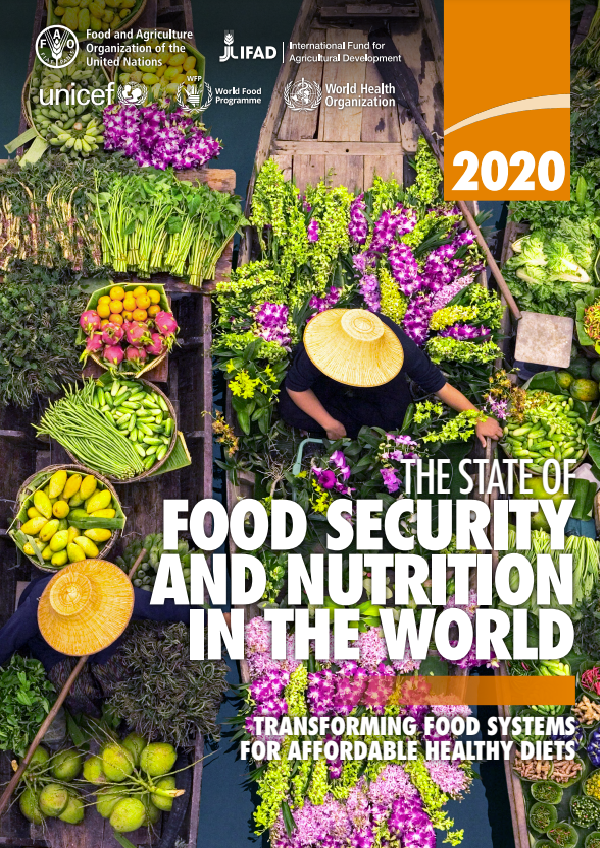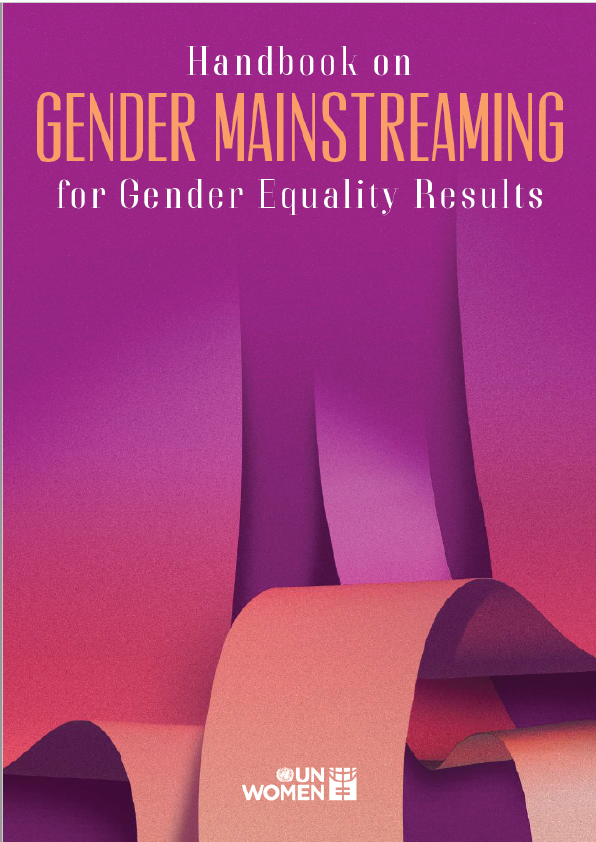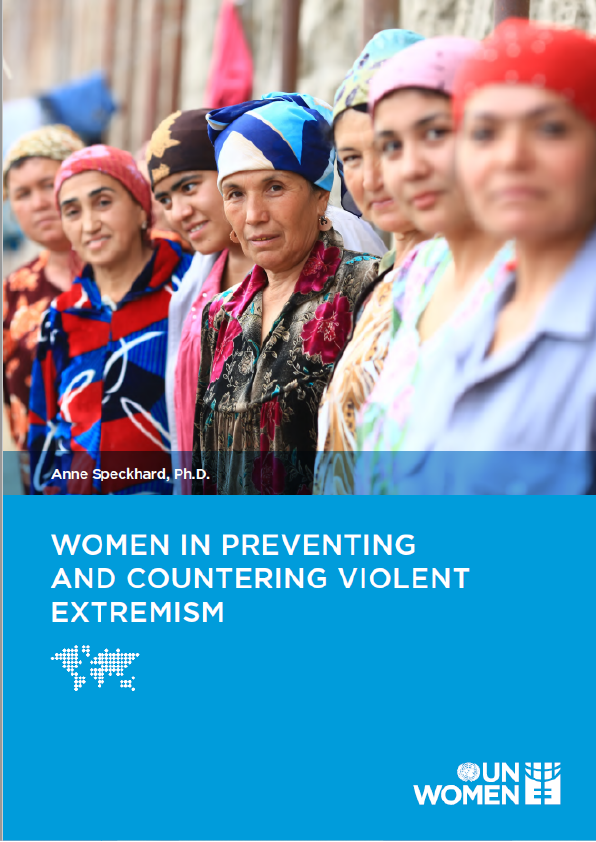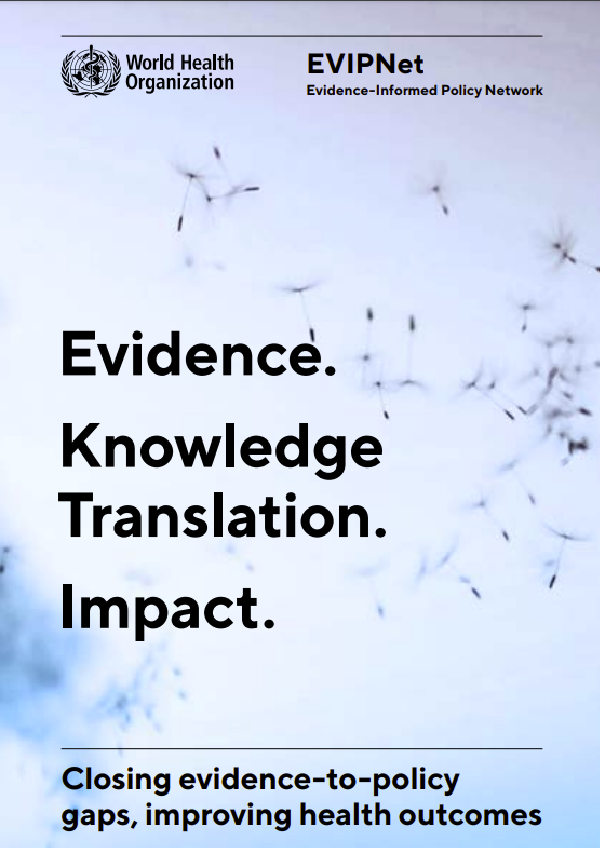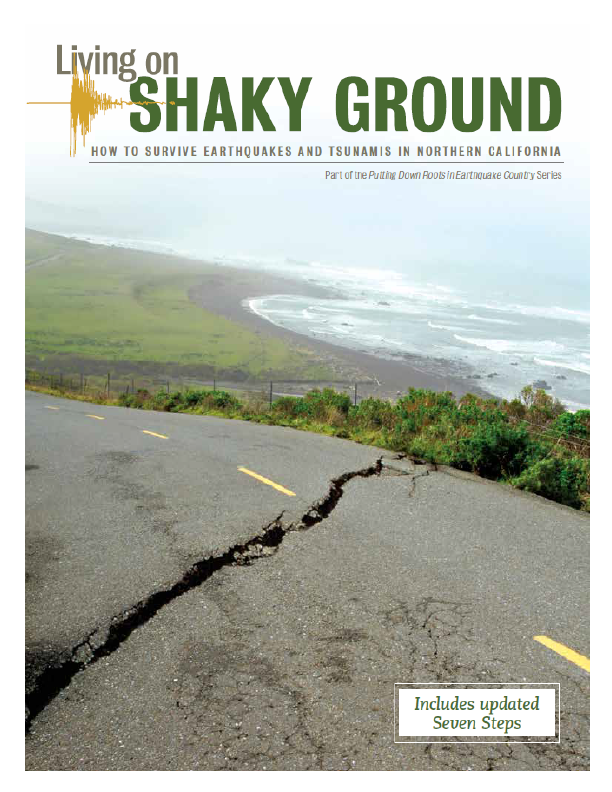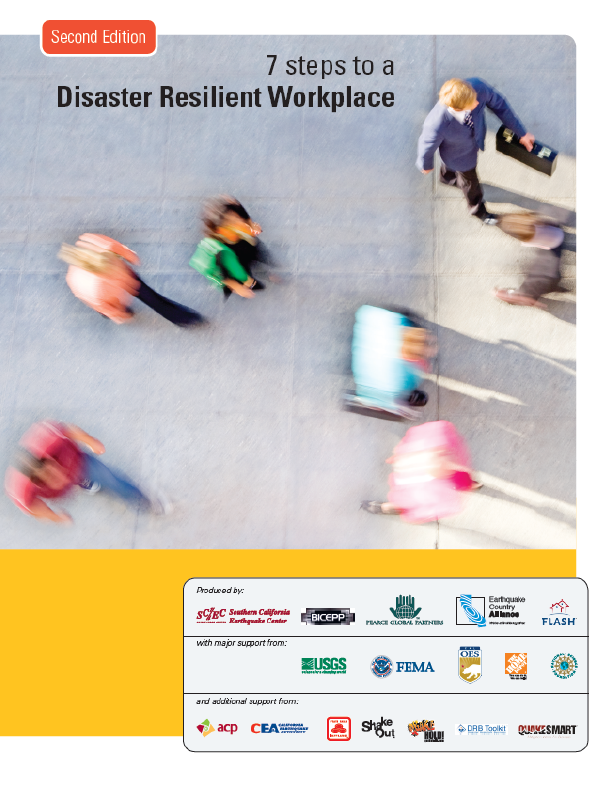Updates for many countries have made it possible to estimate hunger in the world with greater accuracy this year. In particular, newly accessible data enabled the revision of the entire series of undernourishment estimates for China back to 2000, resulting in a substantial downward shift of the series of the number of undernourished in the world. Nevertheless, the revision confirms the trend reported in past editions: the number of people affected by hunger globally has been slowly on the rise since 2014. The report also shows that the burden of malnutrition in all its forms continues to be a challenge. There has been some progress for child stunting, low birthweight and exclusive breastfeeding, but at a pace that is still too slow. Childhood overweight is not improving and adult obesity is on the rise in all regions.
The report complements the usual assessment of food security and nutrition with projections of what the world may look like in 2030, if trends of the last decade continue. Projections show that the world is not on track to achieve Zero Hunger by 2030 and, despite some progress, most indicators are also not on track to meet global nutrition targets. The food security and nutritional status of the most vulnerable population groups is likely to deteriorate further due to the health and socio economic impacts of the COVID-19 pandemic.
The report puts a spotlight on diet quality as a critical link between food security and nutrition. Meeting SDG targets will only be possible if people have enough food to eat and if what they are eating is nutritious and affordable. The report also introduces new analysis of the cost and affordability of healthy diets around the world, by region and in different development contexts. It presents valuations of the health and climate-change costs associated with current food consumption patterns, as well as the potential cost savings if food consumption patterns were to shift towards healthy diets that include sustainability considerations. The report then concludes with a discussion of the policies and strategies to transform food systems to ensure affordable healthy diets, as part of the required efforts to end both hunger and all forms of malnutrition.
FOOD SECURITY AND NUTRITION AROUND THE WORLD IN 2020
Five years into the 2030 Agenda, it is time to assess progress and to question whether continuing efforts implemented thus far will allow countries to reach SDG 2 targets. For this reason, this year’s report complements the usual assessment of the state of food security and nutrition in the world with projections of what the world may look like in 2030 if trends of the last decade continue. Importantly, as the COVID-19 pandemic continues to evolve, this report attempts to foresee some of the impacts of this global pandemic on food security and nutrition. However, given that the full extent of the devastation that COVID-19 will cause is still largely unknown, it is important to recognize that any assessment at this stage is subject to a high degree of uncertainty and should be interpreted with caution.
Progress towards hunger and food insecurity targets
The three most recent editions of this report already presented evidence that the decades-long decline in hunger in the world, as measured using the prevalence of undernourishment (PoU), had unfortunately ended. Additional evidence and several important data updates, including a revision of the entire PoU series for China back to 2000, show that almost 690 million people in the world (8.9 percent of the world population) are estimated to have been undernourished in 2019. Revision in light of the new data, which results in a parallel downward shift of the entire global PoU series, confirms the conclusion of past editions of this report: the number of people affected by hunger in the world continues to increase slowly. This trend started in 2014 and extends to 2019. There are nearly 60 million more undernourished people now than in 2014, when the prevalence was 8.6 percent – up by 10 million people between 2018 and 2019.
The reasons for the observed increase of the last few years are multiple. Much of the recent increase in food insecurity can be attributed to the greater number of conflicts, often exacerbated by climate-related shocks. Even in some peaceful settings, food security has deteriorated as a result of economic slowdowns threatening access to food for the poor.
The evidence also reveals that the world is not on track to achieve the SDG 2.1 Zero Hunger target by 2030. Combined projections of recent trends in the size and composition of the population, in the total food availability, and in the degree of inequality in food access point to an increase of the PoU by almost 1 percentage point. As a result, the global number of undernourished people in 2030 would exceed 840 million.
The PoU in Africa was 19.1 percent of the population in 2019, or more than 250 million undernourished people, up from 17.6 percent in 2014. This prevalence is more than twice the world average (8.9 percent) and is the highest among all regions.
Asia is home to more than half of the total undernourished people in the world – an estimated 381 million people in 2019. Yet, the PoU in the population for the region is 8.3 percent, below the world average (8.9 percent), and less than half of that of Africa. Asia has shown progress in reducing the number of hungry people in recent years, down by 8 million since 2015.
